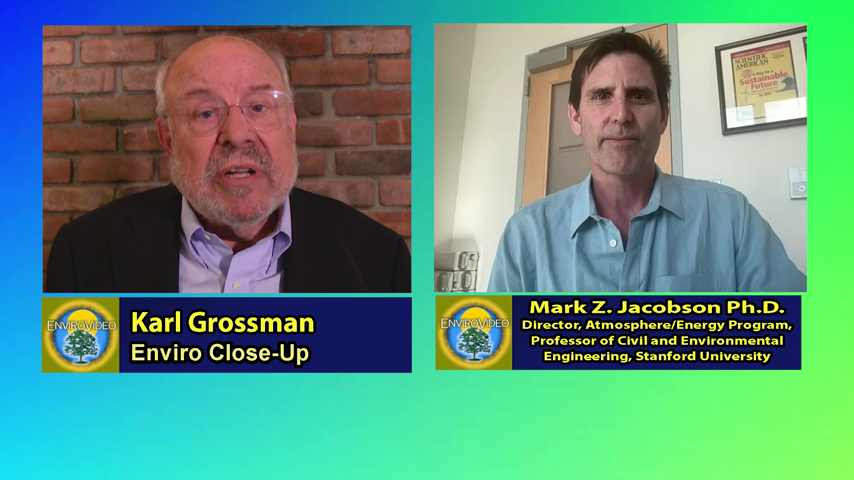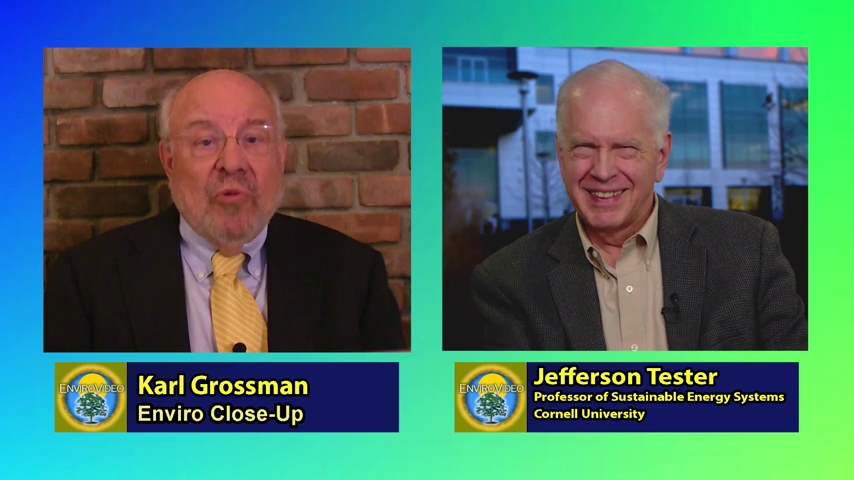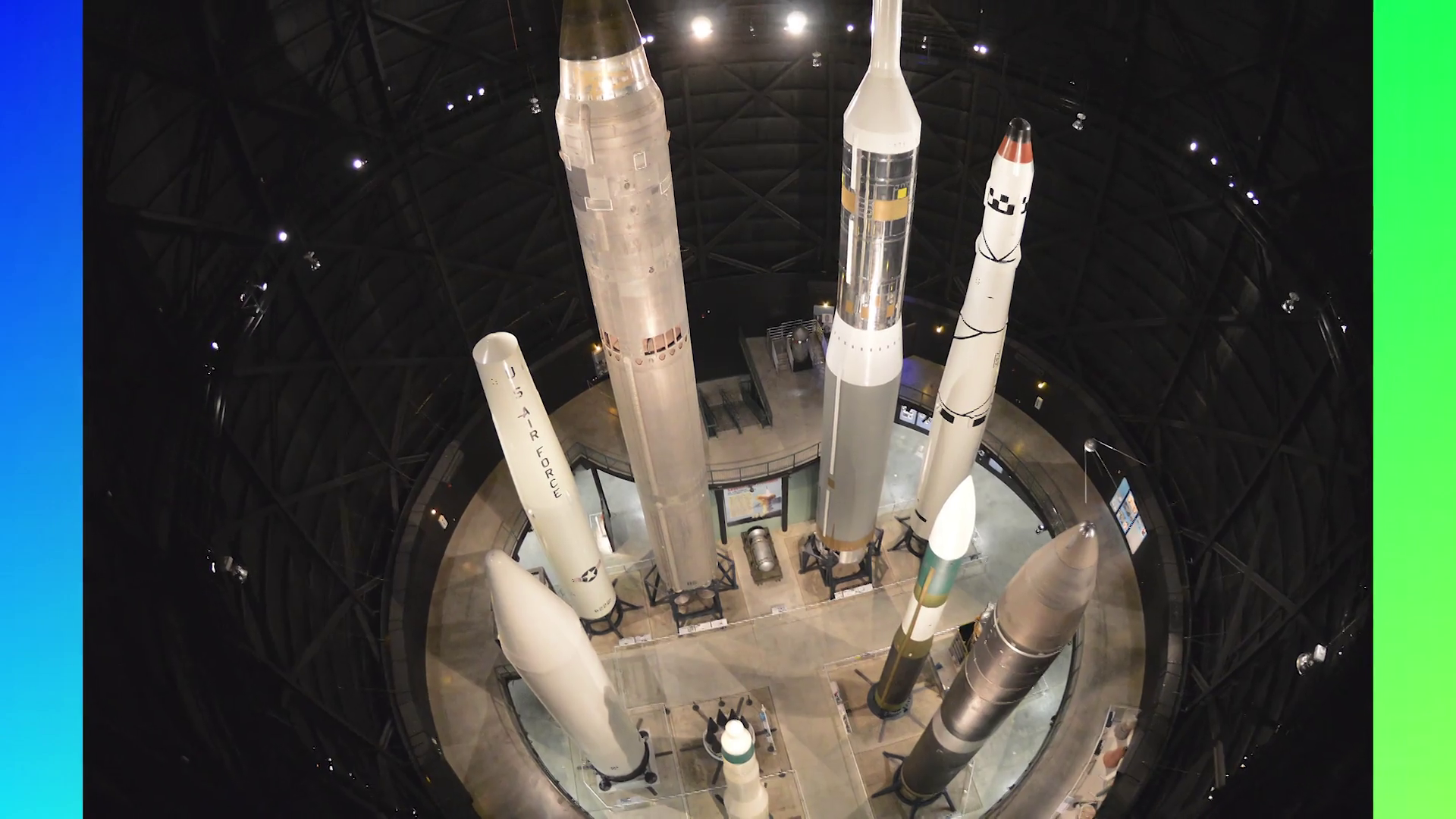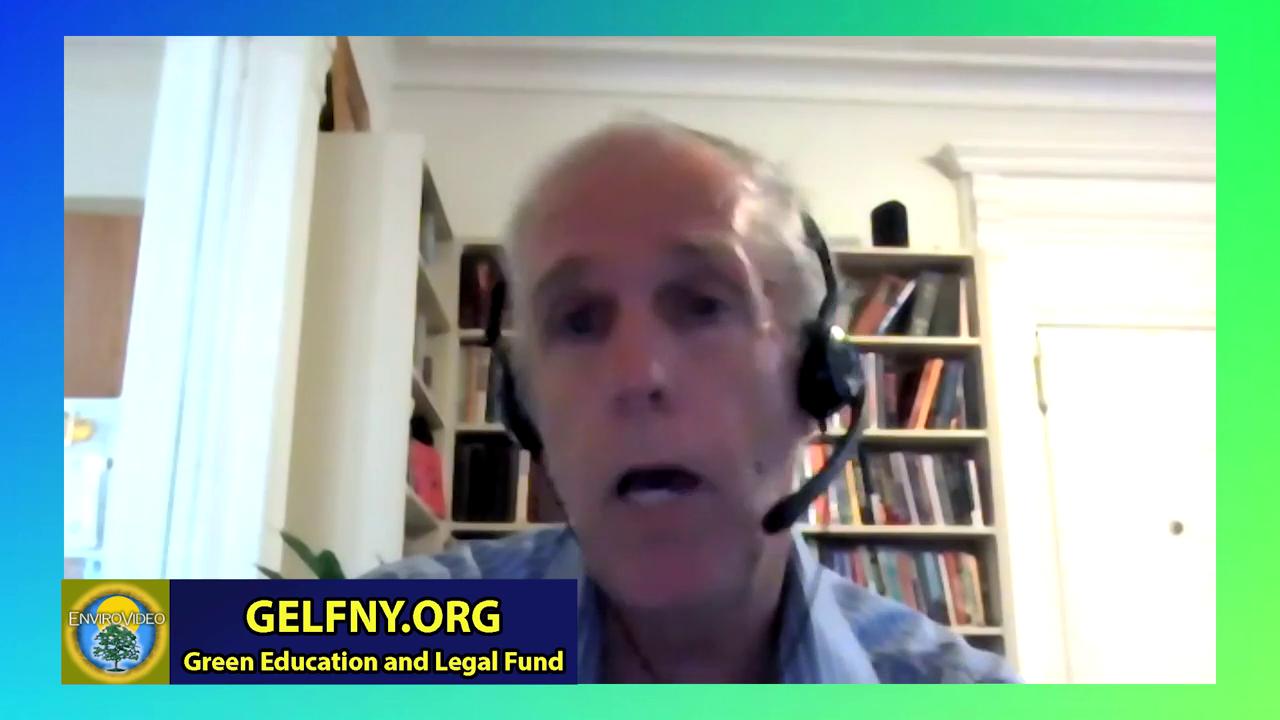Enviro Close-Up #691 Artificial Turf Part 1
Becoming widespread in the United States has been artificial turfor plastic grass. The U.S government says 12,000 artificial turf fields now exist in the country and 1,200are being installed annually. The guests on the program are Kyla Bennett, PhD and JD, director of science policy at Public Employees for Environmental Responsibility (PEER); Kathleen Michels, PhD, a neuroscientist formerly with the National Institutes of Health and a board member of Safe Healthy Playing Fields; and Anna Grossman of Sustainable Montclair, a grassroots coalition in that New Jersey community. “The things that are wrong with it are plentiful,” says Dr. Bennett. She notes that artificial turf contains per- and polyfluoroalkyl substances known as PFAS, considered “forever chemicals" with many linked to cancer. She relates how it emits carbon dioxide and methane, cannot be recycled, and causes “worse injuries for the athletes on them than natural grass.”She says the U.S. government “has not been doing what it should be doing” about artificial turf but that states and communities are taking action. Dr. Michels details the issues of heat, injury, toxicity, disposal and“shedding of microcoplastics” by artificial turf. She speaks of artificial turf fields becoming extremely hot—“hotter than asphalt.” And, she details how the claimis false that the cost of artificial turf fields is less than that of real grass fields. Anna Grossman tells of the challenges to artificial turf fields in “progressive, environmentally conscious Montclair” and how the claims of them being less costly than natural grass fields is “not the case.” The installation of artificial turf, she says, is “the opposite of what you should be doing in 2024.”
Featured
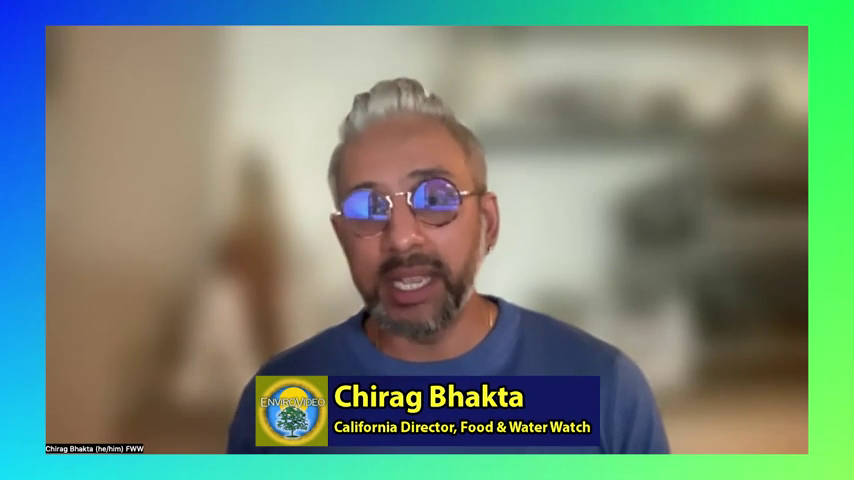
Food & Water Watch
Watch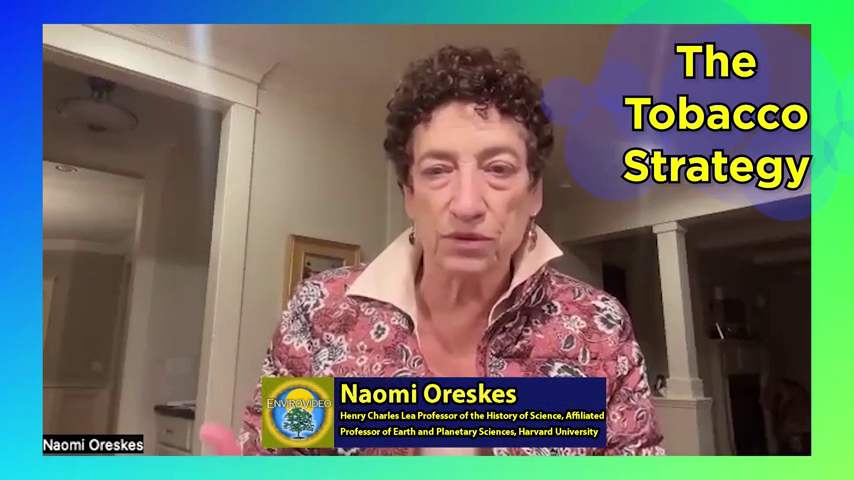
Author Historian Professor Naomi Oreskes
Watch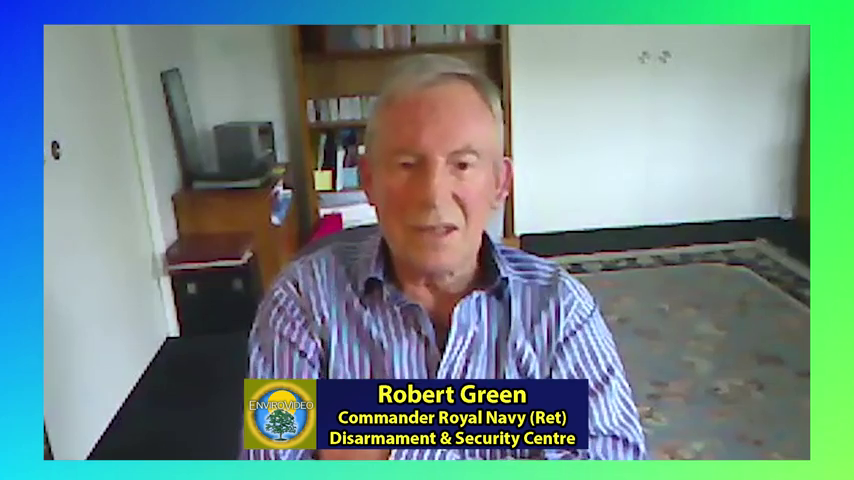
Commander Robert Green and Security w...
Watch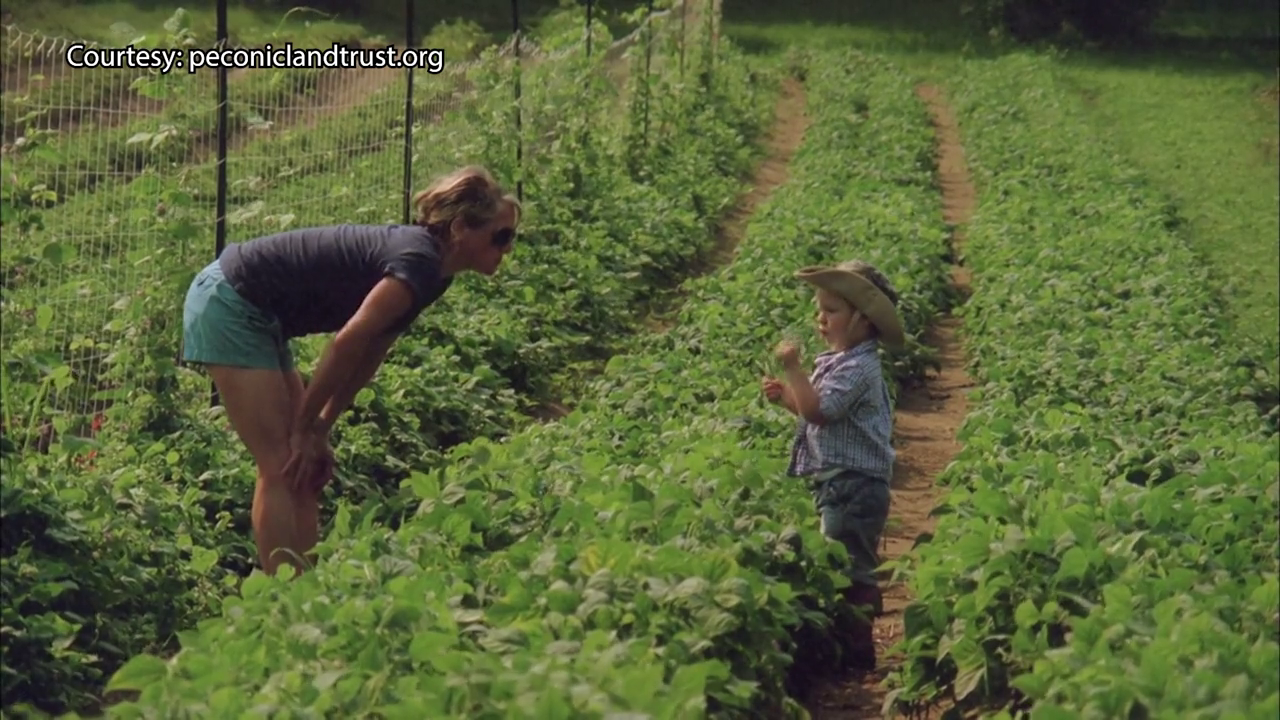
Scott Chaskey—Farmer, Poet and Educator
Watch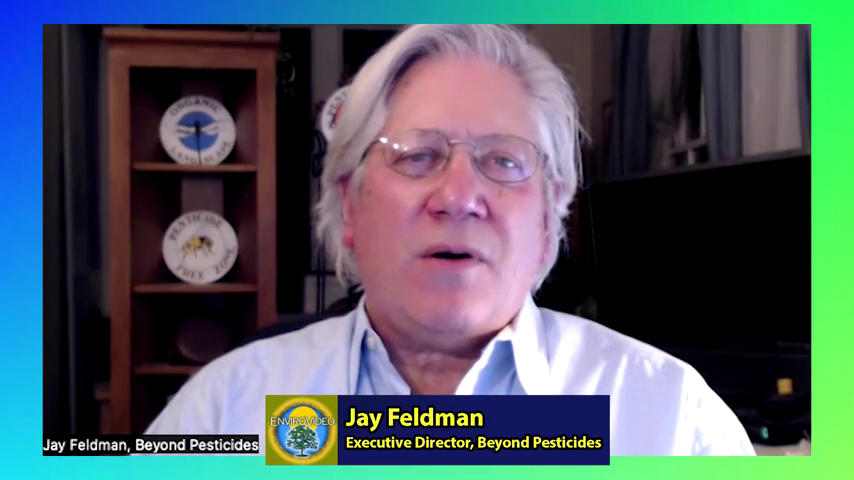
Beyond Pesticides with Jay Feldman
Watch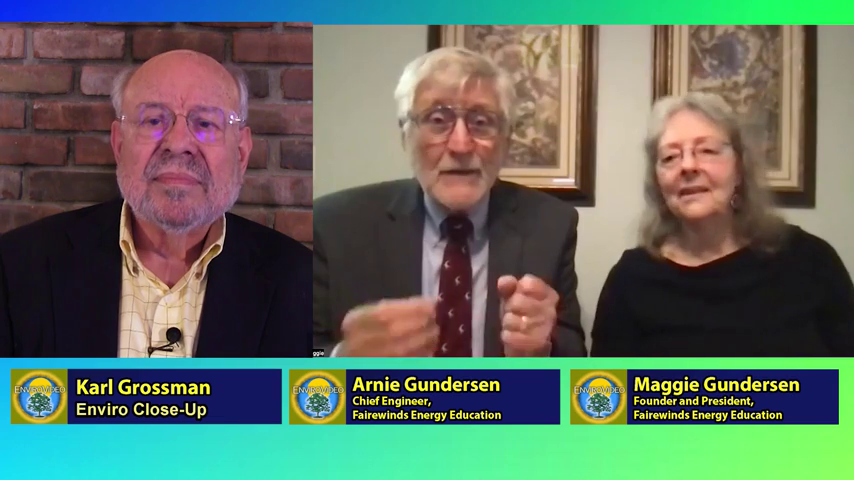
Fairewinds Energy Education with Arni...
Watch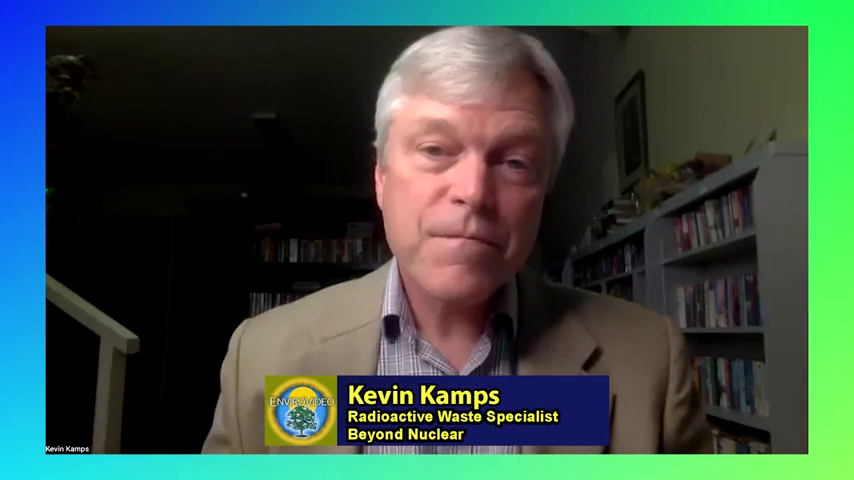
Enviro Close-Up #689 The New Nuclear ...
Watch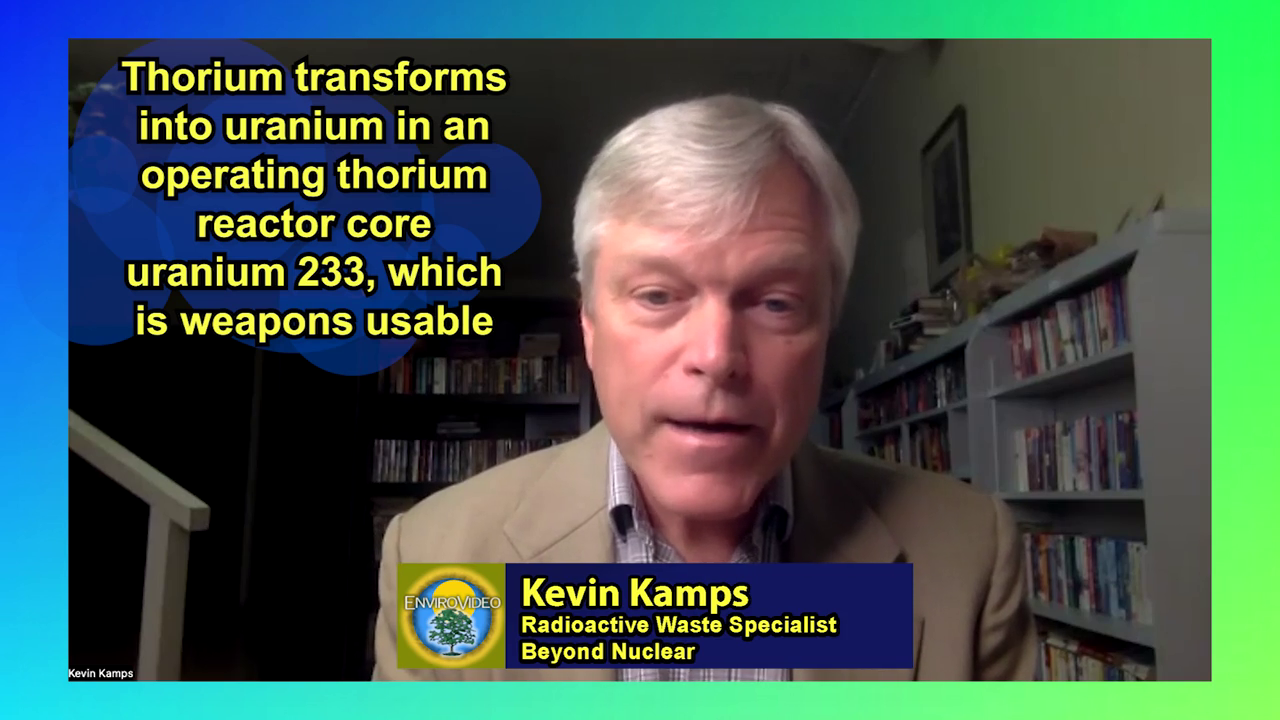
The New Nuclear Push with Kevin Kamps...
Watch
Enviro Close-Up #692 Artificial Turf ...
Watch
Enviro Close-Up #693 Nuclear Is Not T...
Watch
Enviro Close-Up #694 Dr. Jeffrey Ste...
Watch
Enviro Closeup #697 Russell Stein and...
Watch
Enviro Close-Up #699 Dr. Helen Caldic...
Watch
Enviro Close-Up #701 The EPA Under Le...
Watch
